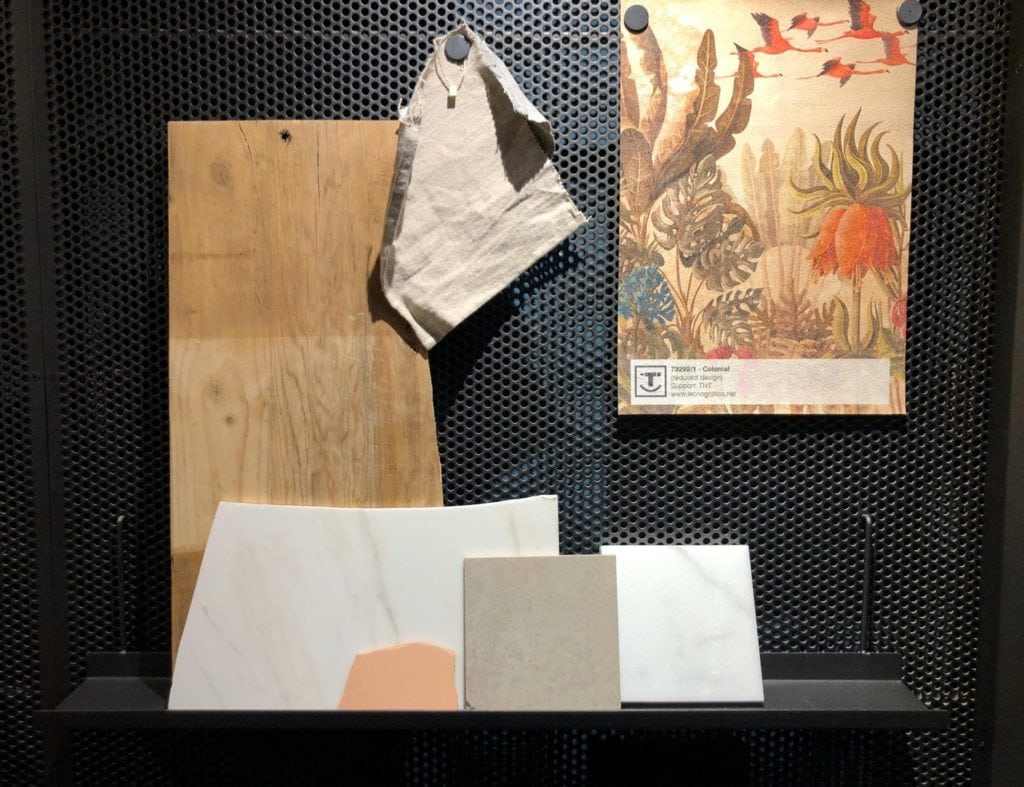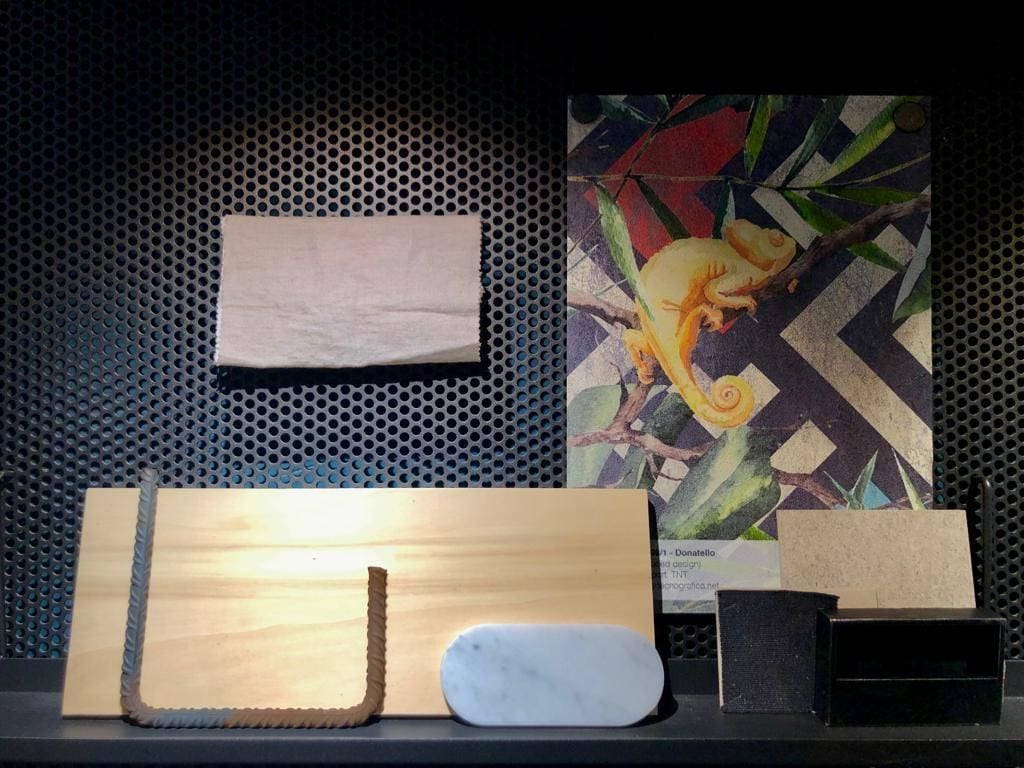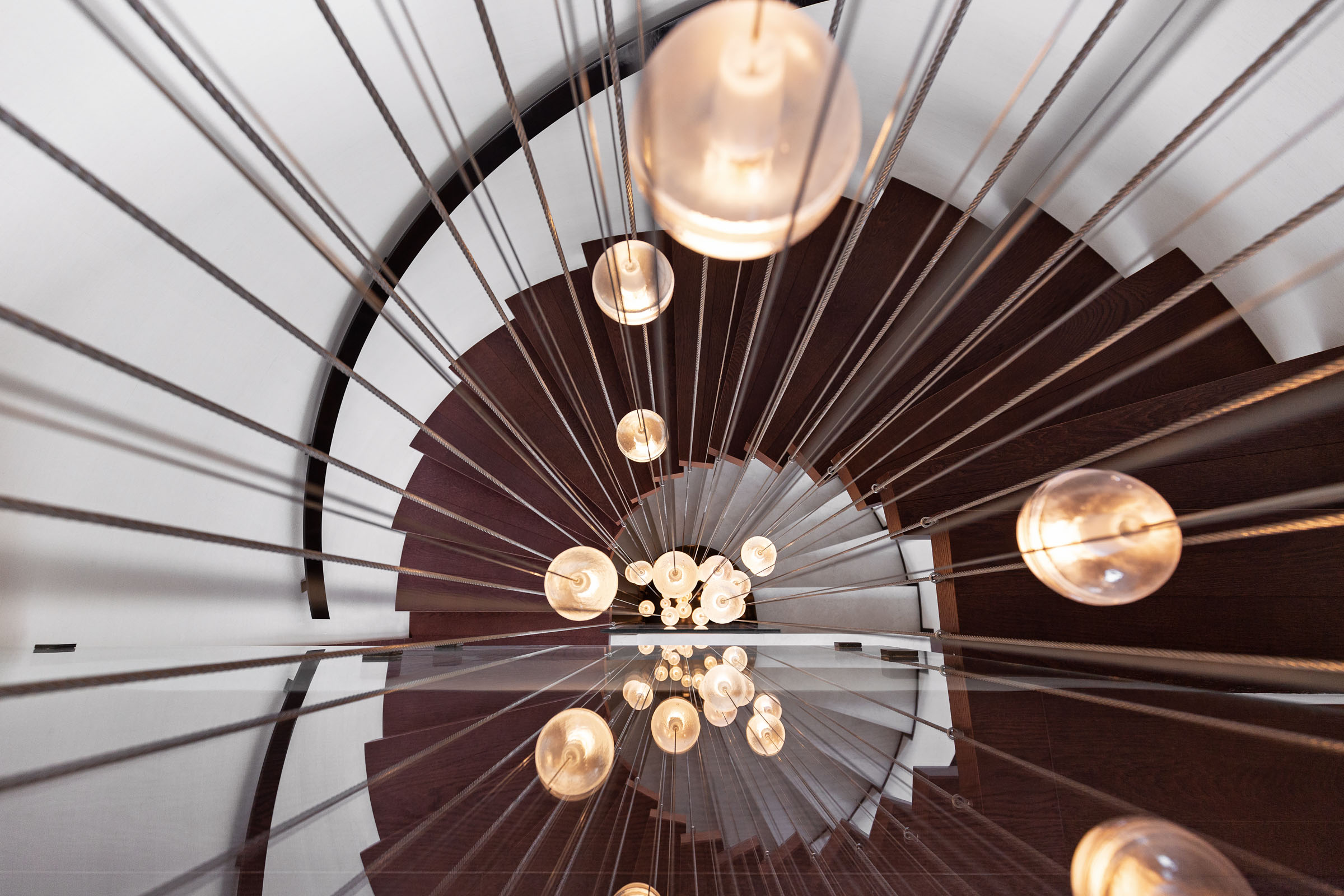What is a Moodboard and what is it for
What is a Moodboard
It is literally a table or wall of inspiration and sensations from a combination of materials with textures and colors that are representative of a particular space or composition.
It is not an element only used by decorators or interior designers, it is a tool that can also be used by graphic art professionals, including writers in order to set themselves in a certain environment. In short, any creative work can be used as a moodboard as a tool to combine different elements for inspiration or as a representation.
While a collage is a combination of elements that translates into a final object understood as a whole, a moodboard is precisely the sensation of a combination in process. Something that we can continuously modify until we find a combination that helps us materialize and make visible the virtual.

What is a Moodboard for?
For interior designers, moodboards are a complement that helps to make visible and communicate the project beyond distributive plants and 3D renderings and images. A moodboard made with real materials, with samples of the real coverings and fabrics, is a super valuable help to be able to visualize with great certainty how the projected space will be once it is built.
Chromatism and texture
When we dress each morning, we try to somehow combine colors, fabrics and styles in order to achieve a coherent combination. Looking in the mirror we see if it favors us and if the different elements combined with each other cause a good joint effect. The same happens with moodboards. We look for a chromatic coherence and that the different textures adjust to the different uses.
What can we include in a Moodboard?
Be it flooring, countertops, glass, curtains, carpets, the fabric of the sofa, the wood of the furniture or handles or metal profiles …, any material is likely to be included in a moodboard.
Sometimes plants, colored powders are included or different supports are used to play with the surface where the moodboard is located. It is also very inspiring to complete it with a title that is representative or, as we do, to accompany it with a multitude of adjectives that help us define what we want to recreate.

Digital or physical
We use both, but for different times. When we are in a very initial moment of the project and for whatever reason we need to be able to convey an idea of the style line, we can go to a digital moodboard. It allows us to send it if we work from a distance and greater flexibility since we can use a multitude of images and even specific pieces of furniture. It allows us to be more explicit in the visual.
On the other hand, the physical moodboard, made with real materials, gives us an unparalleled effect. Touch manages to convey a lot of information that would cost us effort to verbalize. In this way, it simplifies it with a “I imagined it more like that, than like that.” Obviously, you need space and availability of many different materials and samples to be able to make them. In our study we have a kind of dressing room full of samples of all kinds and supports for the preparation of different moodboards. Even a specific table with a zenith chromatic LED to appreciate the materials and their combination in the best conditions and propose them to our customers.
So, between digital and physical, we stay with the physical if we have to choose, although in many occasions what we do is combine them. To the physical moodboard we can attach the plant with the distribution, renders or a digital moodboard with pieces of furniture and art that help to visualize the set. It is about understanding them as complementary resources that help inspire and visualize.

Take a picture!
This is very important. Normally we do not have space to store our compositions. Moreover, most of the time we need to reuse materials for other compositions. So it is very useful to take a picture of the moodboard once we approve it. In this way, we can have in our phone or computer a visual copy to which we can resort if we want to reproduce it. Also different proposals to show and compare with our clients as a starting point to reach the desired combination. For us, Moodboards have become a good tool to know in more detail the tastes and preferences of our customers and be able to succeed when we present a proposal. In addition to its condition as an exceptional creative and communicative tool.



